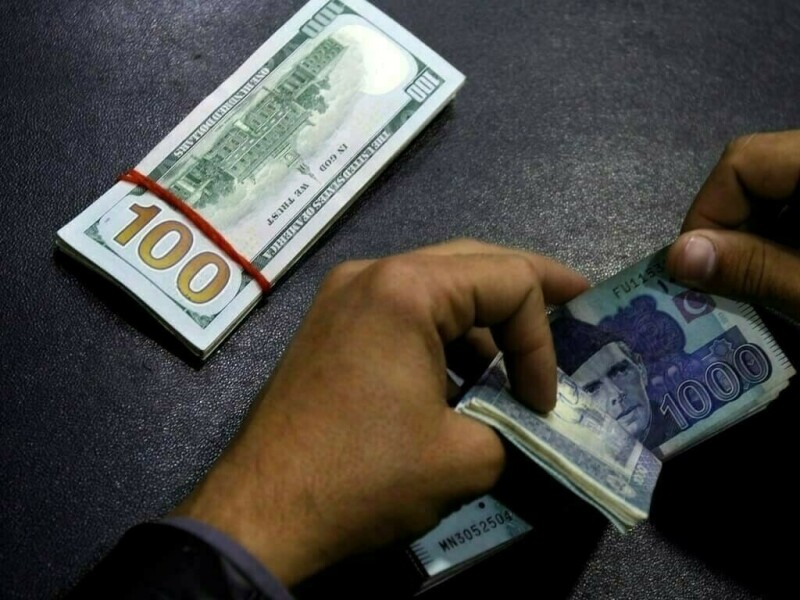The Pakistani rupee strengthened against the US dollar, appreciating 0.1% during the opening hours of trading in the inter-bank market on Monday.
At 10am, the local currency was hovering at 281.43, a gain of Re0.28 against the greenback.
During the previous week, the Pakistani rupee depreciated further against the US dollar in the inter-bank market as it lost Re0.65 or 0.23%.
The local unit closed at Rs281.71, against Rs281.06 it had closed at during the week earlier, according to the State Bank of Pakistan (SBP).
Internationally, the US dollar climbed in early Asian trade on Monday after weekend talks between the United States and China eased concerns of a trade war between the world’s two biggest economies, while global hot spots appeared to cool.
The greenback, treasuries and equities have taken a beating since sweeping tariffs announced by U.S. President Donald Trump last month shook confidence in American assets. After talks in Geneva, Treasury Secretary Scott Bessent and Trade Representative Jamieson Greer on Sunday said a deal had been reached with China to cut the US trade deficit.
Further details are expected on Monday. Eyes will also be on US earnings and data this week, including consumer price index (CPI) figures on Tuesday, for indications of how the trade spat has impacted the economy and expectations for rate hikes by the U.S. Federal Reserve.
The US currency climbed 0.6% to 146.19 yen.
The dollar index added 0.1%, hovering near a one-month high.
Oil prices, a key indicator of currency parity, rose on Monday after both sides in U.S.-China trade talks over the weekend touted their progress, which lifted market sentiment that the world’s two largest crude users may be moving toward a resolution of their trade dispute.
Brent crude futures climbed 27 cents, or 0.4%, to $64.18 a barrel at 0001 GMT. U.S. West Texas Intermediate (WTI) crude futures were trading at $61.30 a barrel, up 28 cents, or 0.5%, from Friday’s close.
Both benchmarks increased more than $1 on Friday and gained over 4% last week, notching their first weekly gains since mid-April, after a U.S. trade deal with the United Kingdom made investors optimistic that economic dislocations from U.S. tariffs on its trading partners may be avoided.
This is an intra-day update


